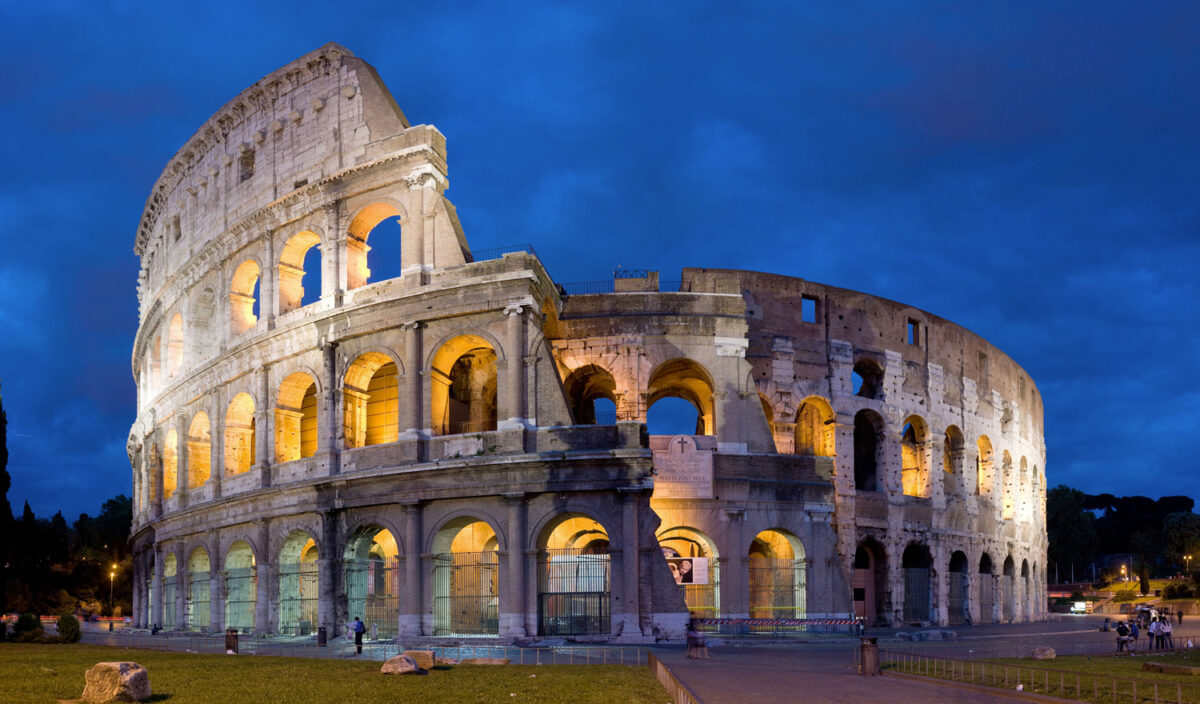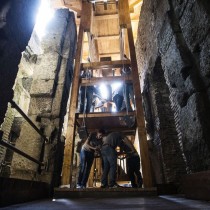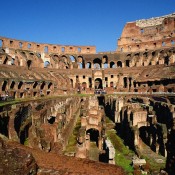A year long investigation into the drainage system under the Colosseum brought to light findings that have helped researchers better understand the content of the events and the habits of the spectators.
Among other things, bones were found that were identified as belonging to bears and large felines which were probably used in wild beast fights or hunting competitions.
The statement said that more than 50 bronze coins were found from the Late period of Imperial Rome, as well as a silver coin dedicated to Marcus Aurelius and the tenth anniversary of his ascent to power.
Fruit seeds such as figs, grapes and melons and remains of olives and nuts indicate the eating habits of spectators watching events at the Colosseum, the famous amphitheatre of ancient Rome.
Alfonsina Russo, director of the Archaeological Park of the Colosseum, pointed out that the findings contribute to a better understanding of “the experience and habits of those who visited this site to watch the spectacles”.





